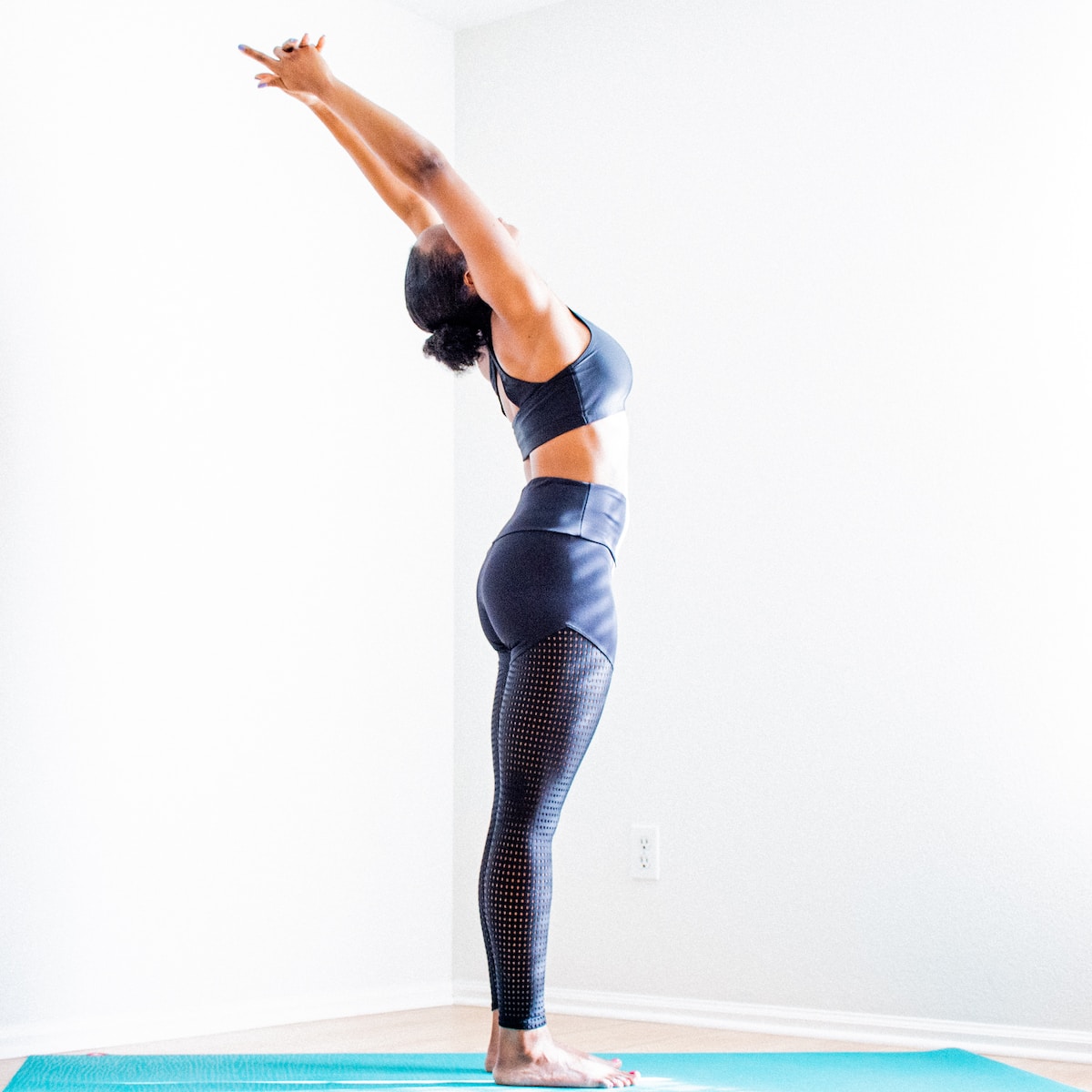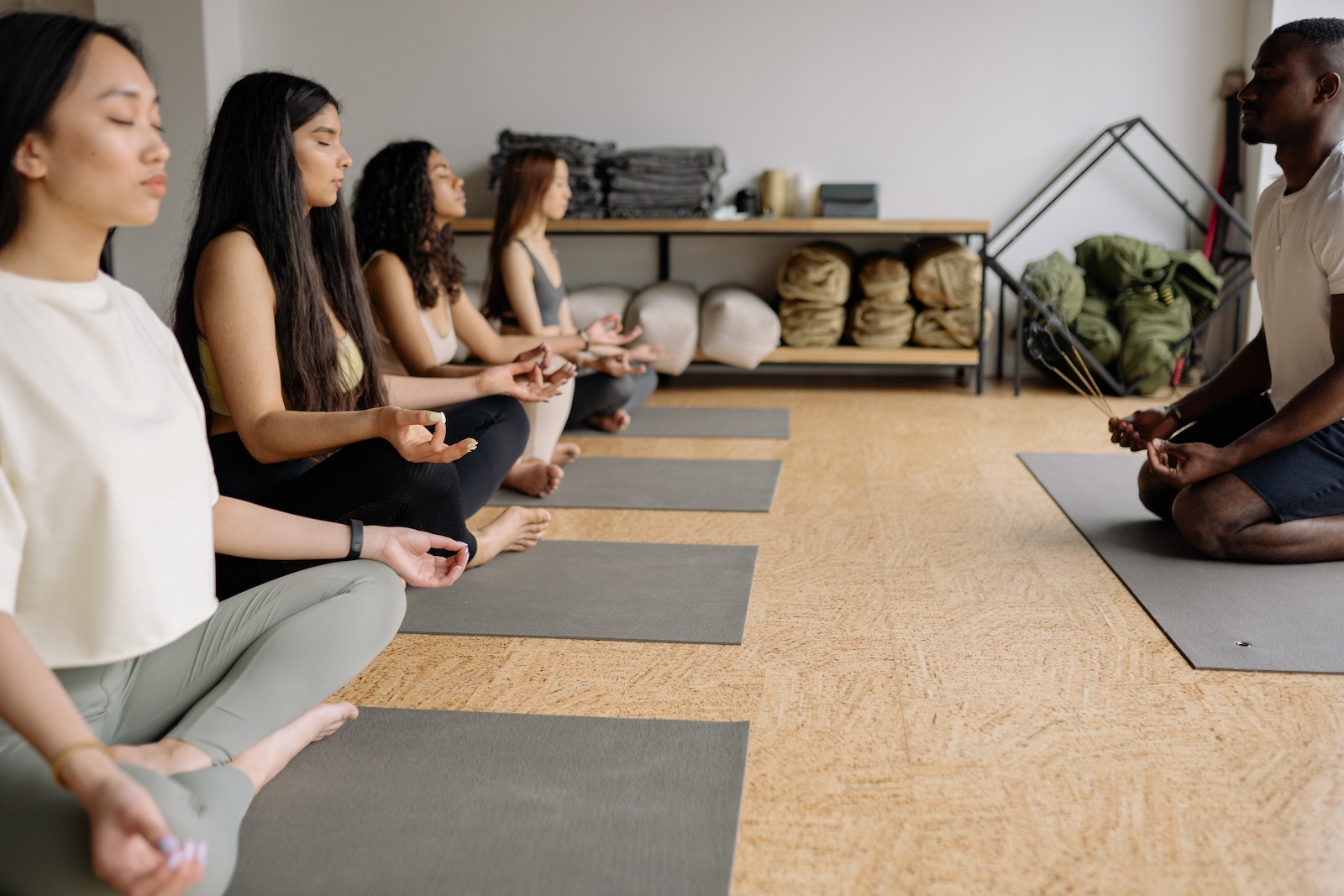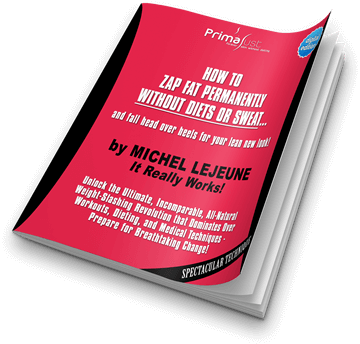In today’s fast-paced, technology-driven world, it’s all too easy to fall into the trap of sedentary behavior. Whether it’s long hours at a desk, binge-watching your favorite TV series, or endless scrolling on your smartphone, sedentary behavior has become a significant concern for our health. The good news is that mindful movement is a powerful antidote to this modern-day dilemma. This blog post will explore how mindful movement reduces sedentary behavior, promoting better physical and mental health.
What is Sedentary Behavior?
 Before diving into mindful movement’s benefits, let’s define what sedentary behavior is and why it’s a cause for concern.
Before diving into mindful movement’s benefits, let’s define what sedentary behavior is and why it’s a cause for concern.
Sedentary behavior refers to activities where you’re sitting or lying down, expending minimal energy.
This can include sitting at work, watching television, or playing video games for extended periods.
Health Risks of Sedentary Behavior
A sedentary lifestyle is associated with many health risks, ranging from cardiovascular problems to obesity and mental health issues.
Prolonged periods of sitting can lead to poor circulation, muscle weakness, and weight gain.
Additionally, the lack of physical activity can affect your mental well-being, contributing to stress, anxiety, and depression.
Given the prevalence of sedentary behavior in our society, finding effective ways to combat it is crucial for maintaining our health and well-being.
Now that you understand what sedentary behavior is let’s delve into the benefits of mindful movement and how it connects to sedentary behavior.
What is Mindful Movement?
 As the name suggests, mindful movement combines physical activity with mindfulness – the practice of being fully present in the moment.
As the name suggests, mindful movement combines physical activity with mindfulness – the practice of being fully present in the moment.
It involves moving your body with intention, awareness and focusing on your breath, sensations, and emotions.
Some popular forms of mindful movement include yoga, tai chi, Pilates, and walking meditation.
Historical Roots of the Mindful Movement
Mindful movement practices have ancient roots, with yoga and tai chi dating back thousands of years.
These practices were developed to enhance physical health and cultivate mental clarity, balance, and spiritual growth.
Over time, they’ve evolved and gained popularity worldwide for their holistic benefits.
How Mindful Movement Reduces Sedentary Behavior
Promotes Awareness of the Body
 One of the critical ways mindful movement reduces sedentary behavior is by promoting awareness of your body.
One of the critical ways mindful movement reduces sedentary behavior is by promoting awareness of your body.
When you engage in these practices, you become attuned to your body’s sensations, tensions, and imbalances.
This heightened awareness can be a powerful reminder to break away from prolonged sitting and engage in physical activity.
Encourages Regular Physical Activity
Mindful movement isn’t just about practicing yoga or tai chi for an hour daily; it’s about incorporating movement into your daily routine.
This could mean doing simple stretches at your desk, taking short walks during breaks, or practicing mindful breathing exercises.
These small, intentional actions add up, reducing the time spent in a sedentary state.
Enhances Mindfulness and Stress Reduction
 The connection between mindfulness and reduced sedentary behavior is intertwined with stress reduction.
The connection between mindfulness and reduced sedentary behavior is intertwined with stress reduction.
Many people turn to sedentary activities as a way to cope with stress.
Mindful movement, however, offers a healthier alternative.
By focusing on your breath and movements, you can reduce stress levels and the need for excessive sedentary behavior to cope with life’s challenges.
Improves Posture and Ergonomics
Sedentary behavior often leads to poor posture and ergonomic issues.
Mindful movement practices emphasize proper body alignment and posture.
Consistent engagement in these practices can help address and prevent postural problems caused by prolonged sitting.
Practicing mindfulness while sitting at your desk reminds you to maintain good ergonomics.
Scientific Evidence Supporting Mindful Movement
Mindful Movement and Sedentary Behavior
Numerous scientific studies have explored the relationship between mindful movement and sedentary behavior.
According to the website of The Institute of Functional Medicine, functional medicine practitioners frequently suggest integrating mindful physical activities into daily schedules instead of staying inactive.
These activities may include wall squats, seated leg extensions, static lunges, and standing bicep curls.
Effects of Mindful Movement on Physical Health
In the context of the Society of Behavioral Change, it is noteworthy that cultivating mindfulness during various physical endeavors—whether it be yoga, tennis, swimming, or any other activity—can yield multifaceted benefits.
This practice enhances one’s performance within the chosen activity, and fosters heightened flexibility, increased self-assuredness in movement, and a profound mind-body connection.
Consequently, this holistic approach can substantially enhance an individual’s overall sense of well-being.
Effects of Mindful Movement on Mental Health
The mental health benefits of mindful movement are equally compelling.
By reducing stress and improving mood, it becomes less tempting to resort to sedentary activities to relax or escape.
Mindful movement can provide a healthier outlet for managing emotional well-being.
Incorporating Mindful Movement into Your Daily Life
Practical Tips for Beginners
 If you’re new to mindful movement, getting started is easier than you think.
If you’re new to mindful movement, getting started is easier than you think.
Begin by choosing a practice that resonates with you, whether it’s yoga, tai chi, or simple stretching exercises.
Set realistic goals and create a dedicated space in your home to practice.
Building a Mindful Movement Routine
Consistency is vital when it comes to reducing sedentary behavior with mindful movement.
Integrate short sessions into your daily schedule, such as morning yoga or midday walking meditation.
Gradually increase the duration and complexity of your practice as you become more comfortable.
Overcoming Common Barriers
 It’s natural to encounter obstacles, such as time constraints, motivation challenges, or physical limitations.
It’s natural to encounter obstacles, such as time constraints, motivation challenges, or physical limitations.
Acknowledge these barriers and find creative solutions to overcome them.
Seek support from online communities, local classes, or instructors who can guide you through any challenges.
Mindful Movement and Sedentary Behavior in Specific Populations
- Children and Adolescents: Young people are particularly susceptible to sedentary behavior due to increased screen time and academic demands. Mindful movement can be introduced in schools and at home to promote physical activity and emotional well-being among children and adolescents.
- Adults in Office Settings: Office workers often spend prolonged hours sitting at desks. Employers can encourage mindful movement by offering workplace wellness programs, providing ergonomic workstations, and promoting short movement breaks throughout the day.
- Seniors and Aging Population: For seniors, maintaining mobility and balance is essential for overall health and independence. Mindful movement practices can be adapted to suit the needs of older adults, helping them stay active and mentally sharp.
- Individuals with Disabilities: Mindful movement can be modified to accommodate individuals with disabilities, offering a means to reduce sedentary behavior and improve their quality of life.
Conclusion
In a world where sedentary behavior is rising, discovering how mindful movement reduces sedentary behavior is more critical than ever.
Incorporating practices like yoga, tai chi, and Pilates into your daily routine can reduce the risks associated with prolonged sitting, enhance your physical and mental health, and enjoy a more active and balanced life.
Start your journey towards a healthier, more mindful you today – because mindful movement truly reduces sedentary behavior, one mindful step at a time.
Are you ready to take action and break free from the sedentary trap that modern life has ensnared us in?
You've just learned how mindful movement can be the antidote to the perils of prolonged sitting, offering a path to better physical and mental health.
But now, it's time to introduce you to the PrimaJust weight loss method – a revolutionary approach to shedding excess pounds without needing diets or exercise.
By downloading our still free report, you'll discover the Exact Method to Unlock Your Metabolism for All-Natural Weight Loss, Enabling You to Lose 1-3 Pounds Per Week Automatically—No Diet or Exercise Needed!
This report will provide valuable insights into unlocking your metabolism and starting your journey toward a healthier, more active, and balanced life.
Don't wait; take that first step towards a brighter, healthier future by clicking the link below and claiming your free report now.
[Source]Free Report
Need more information? Drop a comment below, and we’ll get back to you.
Unmissable these game-changing related blog posts
-
Benefits of Mindful Movement: Empower Your Life Positively
Living in a fast-paced world, it's easy to get caught up in the hustle and…
-
Benefits of Mindful Movement: Transform Posture for Wellness
In our fast-paced modern world, where stress and constant distractions have become the norm, the…
-
The Power of Mindful Movement for Improved Posture and Alignment
In the hustle and bustle of our modern lives, the significance of maintaining good posture…














